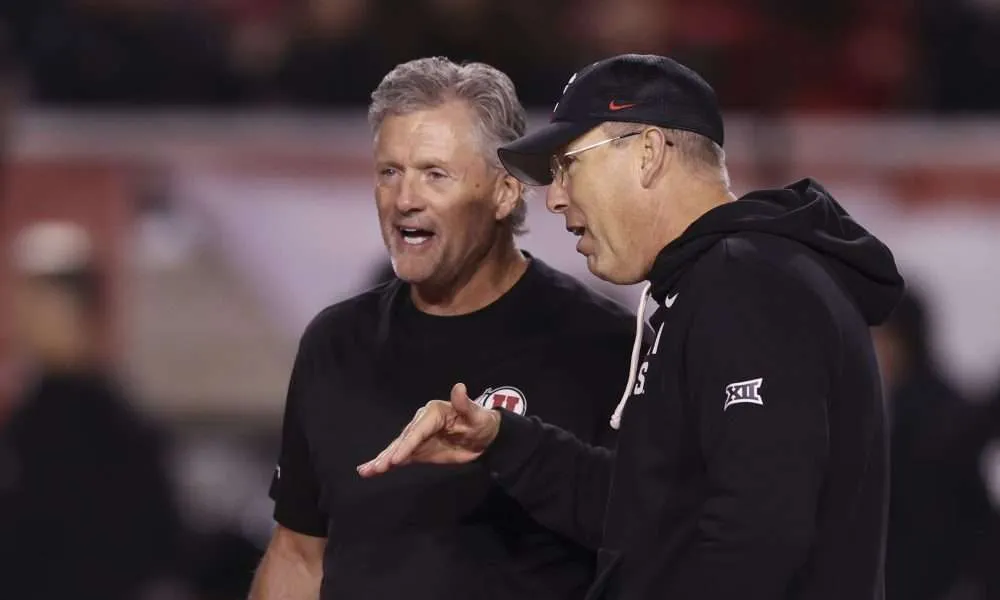NIL
How NIL has changed college sports, and what changes could still be to come

NIL
What is the projected NIL value of a top DB & DL?

While transfer portal details are rare and hard to verify, the overall trend is that defensive standouts might be the bargain play over a top offense. Quarterbacks have already made deals like Darrian Mensah’s $4 million reported payday a year ago, with some speculating the market might drive over $5 million now.
But when On3sports provided a recent peak behind the curtain at the values and costs of recruiting portal talent, it was clear that defense remains the value play. On3 provided a few fascinating details.
Defensive linemen can be relatively high priced. For instance, On3 cited the reported deal of David Bailey (which some have valued at over $3 million) as the potential high side of defensive paydays. Elite pass-rushers aren’t cheap, and the $1.5 million high end value quoted by On3 is clearly contemplating that possibility.
Penn State edge Chaz Coleman is one of the players already indicated to be entering the portal who might command the type of value On3 notes. With three years of eligibility, the 6’4″, nearly 250 pound Coleman is an elite prospect. Another name nearly on that level is Oklahoma State transfer Wendell Gregory.
But defensive tackles, despite the relative scarcity of players with the physical attributes to provide lane-clogging snaps, tend to lag a bit lower than pass rushers on the college football food chain. If pass-rushing ends are still a bargain compared to quarterbacks, then defensive tackies will generally land cheaper still, with few likely to break the $1 million barrier by On3’s projection. One name that could be in that company, though, is Wake Forest transfer Mateen Ibirogba.
The massive value of the entire recruiting world, as documented by On3, lies in the secondary. Ranking defensive backs lowest of all the position groups profiled, On3 noted that vast number of defensive backs who join the portal. On3 indicates that an elite safety is probably a slightly higher value than a cornerback.
At the moment, Iowa State’s Jontez Williams is a top corner transfer, while Tennessee’s Boo Carter leads a slightly underwhelming safety class.
But at a projected value of $300,000-$850,000, a school could afford an entire secondary cheaper than an elite quarterback, at least according to the valuation reported by On3. Whatever path to the Playoff the next portal-playing team chooses, defense is clearly the economic option.
NIL
JMU Loses All 11 Starters From College Football Playoff Season

The transfer portal has radically challenged the college football landscape.
What was once a way for a few players to plead their case for a chance to switch schools has now become one of the most active free agency periods in all of sports.
Instead of needing to recruit high school students and hope the development turns them into future stars, programs can now change their entire outlook in one offseason by signing already-developed talent in the transfer portal.
For many teams like the Indianas and Vanderbilts of the world, backed by strong NIL foundations and donors, it’s been a godsend.
For the James Madison Dukes, the loveable, scrappy underdog story of the 2025 season, making it all the way to the College Football Playoff, the transfer portal is a monster that they can’t fight off.
A week after their loss to the Oregon Ducks on the road in the first round of the CFP, their fearless leader, Bob Chesney, is already drinking mimosas in Los Angeles in his new job at UCLA.
More news: Transfer Portal Prediction: CFP Team Lands 8,000-Yard QB Brendan Sorsby

More news: Transfer Portal Prediction: 5-Star Florida QB DJ Lagway Lands at SEC Rival
Beyond that, their quarterback and on-field captain, Alonza Barnett III, is transferring to join a bigger, more well-funded program in the new year.
He isn’t the only offensive player to leave the Dukes. In fact, all 11 of their starters from the College Football Playoff are either graduating or have entered the transfer portal, leaving James Madison barren.
Overall, it’s expected that over 80% of the players they would have hoped to make some sort of impact with the team in 2026 will be gone in a few short weeks as they try to get a deal to move up the college football hierarchy.
There are rumors that James Madison has built an NIL backend that would put them in good standing alongside other schools of their stature, but what can they do when Barnett III might receive an offer greater than their entire team fund?
The Dukes will do the best they can to rebuild as the new era continues roaring on in college football, and we’ll see where these former underdogs call home amongst the Power Four schools.
The transfer portal officially opens on Jan. 2, 2026.
NIL
Top 3 transfer portal landing spots for 4,000-yard quarterback Drew Mestemaker
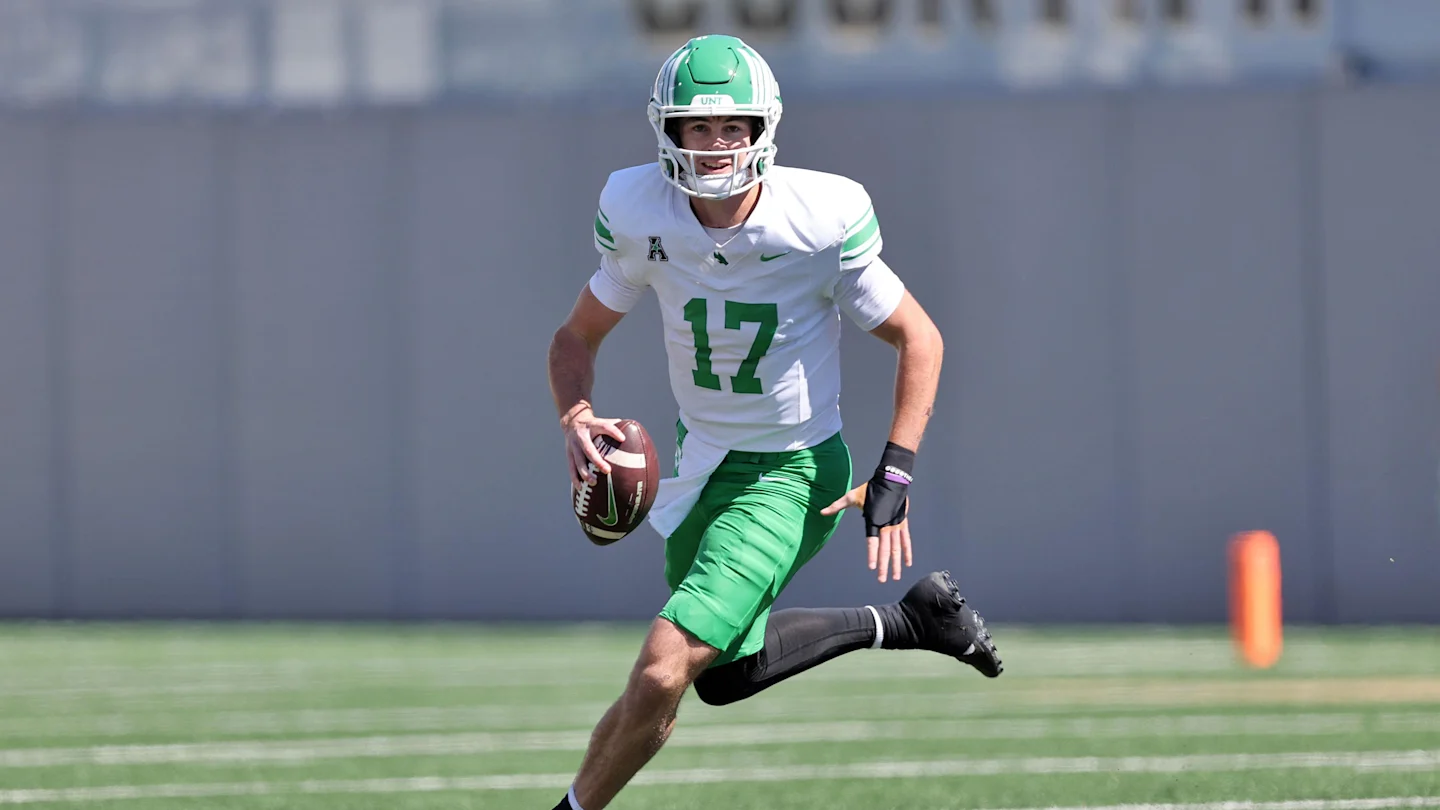
North Texas finished 11–2 (7–1 AAC) and reached the American Athletic Conference title game before falling 34–21 to Tulane, which clinched its first-ever College Football Playoff berth.
Even so, the Mean Green closed the regular season as one of college football’s highest-scoring offenses and earned a New Mexico Bowl berth.
The team’s starting quarterback, Drew Mestemaker, led the FBS in passing yards in 2025 with 4,129 yards, throwing 31 touchdowns against seven interceptions while completing 70.2% of his passes and recording multiple 300-yard performances, including a 608-yard school and AAC single-game record against Charlotte.
With the January transfer window approaching, Mestemaker is expected to enter the portal, a move that would remove North Texas’ most productive player from its roster.
With Mestemaker set to test the transfer market after a breakout year, several potential landing spots have quickly emerged. Here are the top three:
1. Oklahoma State
Eric Morris, who coached Mestemaker at North Texas in 2025, was hired by Oklahoma State on November 25; that continuity, system fit, and Morris’s direct knowledge make OSU the most natural landing spot.
2. Indiana
Media reports and portal analysts indicate Indiana has shown “significant interest,” with the Hoosiers’ offensive profile, recent success with transfer quarterbacks, and need for a proven starter aligning as Fernando Mendoza prepares to move on to the NFL.
3. Texas Tech
A Texas product who thrives in high-volume, high-tempo passing schemes similar to what Texas Tech runs, Mestemaker feels like a logical fit. With senior Behren Morton set to move on after the CFP, Mestemaker could step in as an immediate starter for the Red Raiders.

An Austin, Texas, native and program walk-on, Mestemaker did not have a conventional high-school QB resume, but developed rapidly under the North Texas staff.
His breakout redshirt-freshman season brought national recognition, including The American Offensive Player of the Year award, First Team All-American honors, and the Burlsworth Trophy, which is given annually to the nation’s top former walk-on.
For competing college football programs, Mestemaker offers a low-risk, high-reward option at quarterback, while for Mestemaker, the decision centers on staying within a familiar system or pursuing a bigger stage.
Read More at College Football HQ
- $2.4 million QB emerges as transfer portal candidate for SEC program
- Major college football program ‘expected to hire’ 66-year-old head coach
- College Football Playoff team loses player to transfer portal
- College Football Playoff team loses starting QB to transfer portal
NIL
Germie Bernard responds to Alabama being cheered against in College Football Playoff: ‘Nobody wants to see Bama win’
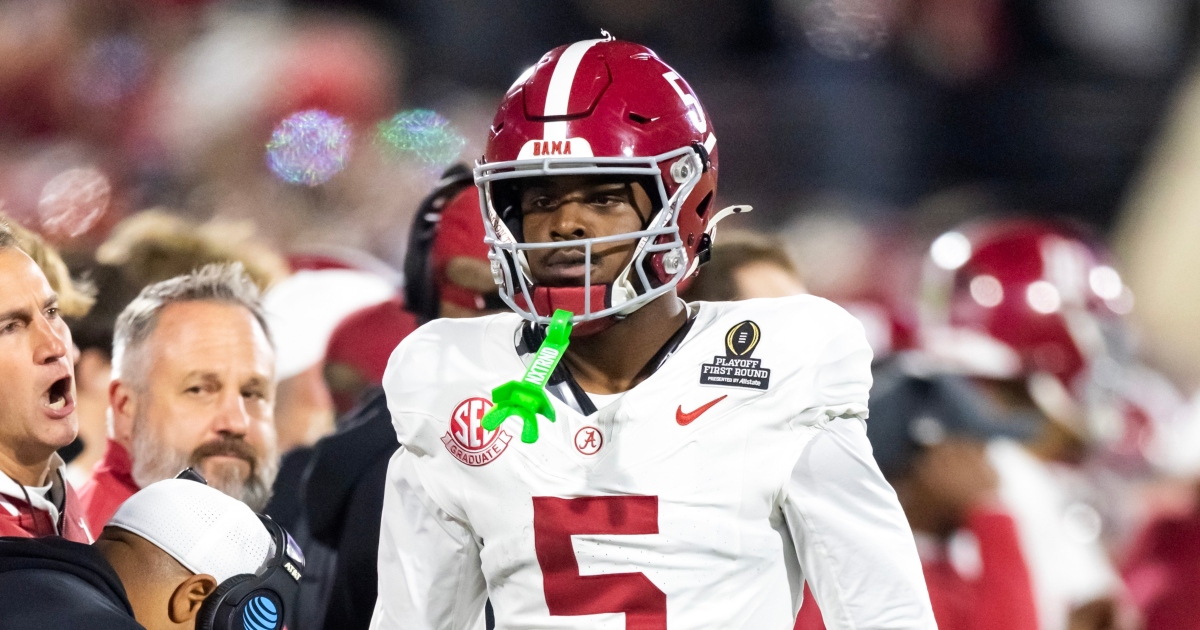
The Rose Bowl will feature the top-seeded Indiana Hoosiers taking on the Alabama Crimson Tide. Still, the consensus seems to be that Indiana is the darling of many fans going into the game, with underdog Alabama still seen as the traditional power.
It goes beyond that, however, for many within the Alabama program. After all, there was some debate nationally on whether this team even belonged in the College Football Playoff field. For Alabama wide receiver Germie Bernard, that doubt may not be the focus, but it does motivate the Crimson Tide.
“Not necessarily,” Germie Bernard said. “We’re always just focused on us and playing our best game, but obviously, it adds an extra fuel to our fire knowing that everybody is doubting us. Nobody wants to see Bama win. We put that on our shoulder, and we just work harder.”
The narrative surrounding Alabama had been that they finished the season struggling, with a notable loss in the SEC Championship Game. The Crimson Tide even found itself in a debate with Notre Dame and Miami for the last two at-large bids. In the end, Alabama made the field but there were still questions and doubts following the team.
A win over Oklahoma in the opening round of the CFP silenced some doubt about Alabama. In particular, the way Alabama won, coming back from down 17-0. With rumors swirling around head coach Kalen DeBoer at the time, there was a growing narrative surrounding the Crimson Tide that something was wrong. So, finding a way to come from behind and win, which included a Bernard catch for the ages, helped solidify that the Crimson Tide belonged there.
Kalen DeBoer knows he now needs to get the best he possibly can out of his team. So, in a recent appearance on The Triple Option, he broke down how to get the best out of his team in the College Football Playoff.
“Well, yeah, and, again, we started out slow, but I thought, really, the last two and a half to three quarters, we really played well, we really played team football. And that’s where it starts. I think that’s one thing we have, is we have a real team. And, you know, again, the SEC Championship was something that, you know, really was frustrating for our guys. (We) know we didn’t play our best, but, you keep working back, there’s just been these moments where the team just always rises to the top and guys are playing for each other. And, I think our guys truly believe that, you know, when you play great competition, there are going to be plays, there are going to be times and moments where it doesn’t go perfect,” DeBoer said.
“But, the other side of the ball, the other phase of the game is going to figure it out. They’re going to make an adjustment. They’re going to get back on a roll. Once we really settled in, I thought both coordinators made some good adjustments. I thought our coordinators, and our players, did as good of a job in this game as we have all season long of just staying the course but also adjusting to the moment.”
Alabama will meet Indiana in the Rose Bowl on New Year’s Day. Kickoff is scheduled for 4:00 p.m. EST.
NIL
Wink Martindale discusses Michigan vs Texas, state of college football in Citrus Bowl press conference

ORLANDO, Fla. — Sunday morning, three days ahead of the Michigan football team’s Citrus Bowl matchup against Texas and hours before Kyle Whittingham was introduced as the Wolverines’ head coach of the future, defensive coordinator Wink Martindale met with reporters in Orlando. He discussed Michigan’s defense, the challenges Texas presents, Michigan’s upcoming coaching changes, the sustainability of college football and more.
Opening statement
How is everybody doing? Hope you had good holidays and continue to have them. Happy New Year. We have been preparing for this for a while now and it is all coming together. We are excited about playing this game.
Q. What’s one thing you want fans to know about this team?
I can’t speak for the team but — I guess I can. (Laughter). Defensively, we take great pride in how hard we play, and to show the joy of the game. I think that that is why this game will be entertaining to watch. You have some really good players on the field, both sides.
Our guys love to compete, and they have been doing it all during Bowl prep. It is nothing new to us. We don’t have to ramp up because it is a game, and that is just how we are and how we do it.
Q. I don’t believe any of your defensive captains from the beginning of the season are active in this game. Who stepped up? Jimmy is one. Can you speak to the leadership you’ve seen from different players stepping up?
I think a bunch of different guys, Ray, Benny, Jimmy, which I knew that. I called that shot two years ago. Just each position group has somebody stepping up. I mean, Dom Nichols, young guy that is really prepared and has gotten better the last two weeks, even. Excited to see him play. The secondary, Shug, Jyaire Hill, he is a natural leader. TJ Metcalf.
Q. What have you seen from the Texas offense? What stands out?
You want me to go first? I mean, obviously, you look at the quarterback. I mean, he is a very talented young man. Respect to that entire family for — with his two uncles and his dad, which they said Coop was the better athlete out of all three of them.
Their offense is explosive. It is one of those things, though. It is like — remember — well, maybe — well, yeah, there’s some people my age (Laughter) — when you had that box of cereal and you didn’t know what the surprise was? It is the same thing going against that offense. You are not sure who is going to be there, but they are going to be very talented.
It is going to be a great challenge for us. Jim put it the best way you could. There is talent in each position group. There are playmakers. Respect to the quarterback and what they have, because they are a great team. We respect them. That is pretty much it.
Q. Coach … you’ve seen a lot of NFL talent. How does Jimmy (Rolder) stack up?
He is going to be a draft choice, a high draft choice. He is an excellent football player.
Q. How many starters will you be missing because of NFL opt-outs? And does that show how Michigan feels about any football game, whether it’s a playoff or not?
Well, I mean, that is a good analogy to it, about how the kids love playing football. That is a great analogy to it.
But every year is different. I think we are going to be missing three guys off the defense, and other guys have stepped right up. Guys that everybody has seen, the Michigan people here that have seen us play all year. That is one thing is that we have played a lot of different individuals.
It’s going to be fun to watch.
Q. Players describe you as someone who does tell it like it is often. How have you handled the last three weeks in terms of becoming a leader on a team without a head coach?
Well, I don’t know if you handle it is the right word. It is a tough situation. It is a tough situation. First of all, I know what we signed up for, in coaching, in the profession itself.
Moving — my wife has moved enough. It is hard because of not only the relationships we have. We have become family, because we spend more time — the coaches themselves, the assistants — together than we do with our families. I am to the point where I want to look out for them. I want to get them a job. However, whatever else comes from it — but they are professionals. They prepared the same way for this game as they have every other game.
But it is, like I was talking to Jimmy about it, with Twitter and everything else, it is entertainment for people to see all this. I am getting emotional talking about it. It is real life. There are little ones that have to be uprooted from school and things like that. So, it sucks.
But you can see how I handled it (Laughter).
Q. If you’d elaborate on that, just how you see college football now, where it is, is it sustainable?
I have no idea if it’s sustainable or not. You look at it as a fan and you say, Oh, there really was money there, you know what I mean? It has become so transactional now. The transactional part, everybody understands — when I say everybody, the parents and the kids, they understand it.
But they still have their — I don’t want to say high school mentality but younger mentality – now, there are kids getting NIL deals in high school, too. It’s crazy.
It is going to be a challenge, it really is. It is going to be a challenge. I think it is good for the game. I do think it is good for the game.
I think one of the challenges are that the kids that sign these NIL deals, they are going to be treated like pros. I mean, before long, you will see their NIL deals in the paper. You will see all the details — just like the NFL.
I think they have to have a salary cap at some time, at one point, they have to do it. They have to cap it, I would think. We will have to see, to follow it.
I know it is a great game, the game of football, and I reflect back now instead of looking forward. I love this game, and I hope that it keeps trending in the right direction. You are worried about the money part of it.
Q. I know we’ve seen Cam Brandt and Dom Nichols all season but can you speak to the edge position? You’ll be missing a couple starters.
You have TJ. Lu (Edokpayi) has come on, don’t you think? There are other young guys that we are going to get to see live in action, and I am looking forward to it. But the edge, they are going to be — we missed J-Stew last year, but it is a fun group to watch.
NIL
NIL Agents Laid Out In No Uncertain Terms The Handcuffs Shackling Petrino from UA to UNC


During his time as offensive coordinator at Arkansas, Bobby Petrino fought tooth and nail for his side.
So much so, in fact, that he reportedly got in a scuffle with his counterpart on the other side of the ball this past summer. He and Travis Williams never truly made up, as the latter and a raft of his assistants were the first to go when Petrino took over as interim head coach in late September.
Through it all, Petrino fought for his guys, especially the dual-threat quarterback upon whose shoulders so much rode. In the end, though, Taylen Green just couldn’t make enough of the right plays at the right times.
At critical juncture after critical juncture, the ball slipped from the fingertips of Green or a teammate. Not surprisingly, the Razorbacks also lost their grip on chances for win after win. When the dust cleared on the 2025 season, Petrino had an offense that finished among the nation’s best but only two wins to show for it.
Now, the 64-year-old has another fight in front of him.
Petrino May Want to Look Into Taxidermy after This
Two years after getting charged with the task of saving the hide of Sam Pittman, the Montana native is tasked with the same for Bill Belichick at North Carolina.
Poll
Want to Get Paid for Following Arkansas Sports?
The 73-year-old Belichick’s first season in Chapel Hill was about as painful of a learning experience for the winningest NFL head coach of all time that you could imagine. Looking at the Tarheels’ 4-8 record only scratches the surface of just how bad things got.
While Arkansas had its own predictable level of in-fighting for a 10-loss team, including some locker room division during the Notre Dame catastrophe and an assistant coach play-acting as Mike Tyson on some poor player, North Carolina lapped Arkansas a time or two in the dysfunction department.
“It’s an unstructured mess,” a source with direct knowledge of North Carolina football told WRAL News five games into the 2025 season when the offense ranked 128 out of 136 Division I teams in points per game. “There’s no culture, no organization. It’s a complete disaster.”
“It’s all starting at the top, and the boys are being affected,” a parent of a 2025 UNC player told WRAL. “I don’t fault the players; I fault the leadership that created this toxic environment. There’s an individualistic mindset.”
Christopher McLaughlin, a UNC professor of law and government, penned an official letter asking university brass to “please end this circus.”
“When you agreed to pay a king’s ransom to hire Bill Belichick, did you also know that you were hiring Jordon Hudson to serve as the primary face of UNC athletics?” McLaughlin wrote.
Belichick firing two coordinators at season’s end should help reboot the North Carolina locker room culture some. So will leaning less on transfers and bringing in a whopping 39 high school signees starting in January.
Given Petrino’s success with offense at all levels of college football, few doubt he will help send a jolt to UNC’s side of scoreboard. Some insiders, however, think he’ll be hamstrung from the start as the team evaluates the prospects it wants to bring in when the transfer portal opens on January 2, 2026.
That’s because Belichick, just as Petrino did with Taylen Green, is showing fierce loyalty to his chief talent evaluator despite a body of evidence that may ultimately cost him.
As part of Belichick touting UNC as the NFL’s ‘33rd’ team, he’s gravitated toward stocking his staff with veterans heavy on NFL experience. Chief among them is his general manager Michael Lombardi, who spent decades in the NFL around penning a column or two for The Athletic criticizing Jerry Jones. He spent three seasons under Belichick as a New England assistant.
In convincing the 66-year-old to follow him to Chapel Hill, Bill Belichick made Lombardi the nation’s highest paid GM to the tune of $1.5 million dollars a year.
The return on investment hasn’t been too impressive.
Related Articles
Insiders told The Athletic that Lombardi, who hadn’t worked in college football since the mid 1980s, got off to a disorganized start alongside Belichick last winter when both tried to learn the college game on the fly.
The Athletic’s Bruce Feldman, Brendon Marks and Stewart Mandel reported that most of the six NIL agents with whom they spoke described Lombardi as “either abrasive or dismissive toward them during their negotiations.”
For instance, one agent recounted Lombardi coming out the gates with a strong initial offer for his client, but then proceeded to lower it considerably over a series of subsequent calls. That ultimately cost UNC the player. Playing hardball with a brusque manner is one thing when you’re winning (just ask Arkansas football fans recalling the glory days of Petrino as full-time head coach). It’s an entirely different matter when you lose, however.
A university source said that Lombardi’s bungled roster management (UNC had brought 70 new players into the 2025 season) by too often overspending on one position while hunting for bargains at others.
“Initially, they thought people would flock to play for (Belichick) and take less money, but they realized fast that that wasn’t the case,” the source told The Athletic.
As The Athletic’s Mandel and Feldman see it, Lombardi hurts Petrino’s chances of doing what he so badly wanted to do at Arkansas – help lead his team to the College Football Playoffs.
“He’s totally at the mercy of Belichick and Lombardi and their Super Bowl evaluation skills to actually bring in some players and a quarterback that’s not Gio Lopez,” Mandel said on The Audible podcast.
Poor guy

That’s a big problem, considering “Michael Lombardi really didn’t know what he was doing on the college side,” which resulted in a “bad roster,” according to Mandel and Feldman’s co-host, Ralph Russo.
Arkansas, North Carolina Paying for Past Payroll Sins
Like North Carolina, Arkansas also had its own roster issues over the last couple years. Consider, for instance, the mismanagement around the defensive line heading into this year’s spring transfer portal.
What most shackled Petrino, Pittman and the overall Arkansas football program, however, was simply not being able to hang with the likes of UNC or most of the SEC in terms of staff and player payroll.
That part was no secret.
Arkansas Hunter Yurachek, though, made matters worse by openly admitting that Arkansas wasn’t equipped financially to win a national championship.
He gave other programs’ GMs and coaches negative recruiting manna and pretty much turned what was already a steep uphill climb in the player acquisition department for his coaches into an escarpment.
While Arkansas now has a new staff and significantly increased financial backing in place, the reputation it developed over the last couple years for shallow pockets will take time to reverse.
Similarly, Lombardi is already saying a lot of the right things about learning from his first year on the job. For instance, in early December, he now knows that college recruiting is all-year round (as opposed to NFL draft preparation) and that he’s come to understand the “acquisition cost” that UNC must pay when negotiating for transfers and recruits.
For Petrino at Arkansas, the lessons his higher-ups learned came too little, too late.
For North Carolina to be any different, a few old dogs must learn new tricks.
***
More on Petrino, Arkansas and UNC starting at 24:40 here:
***
More coverage of Arkansas football and Bill Belichick from BoAS:
Related
-

 Motorsports3 weeks ago
Motorsports3 weeks agoSoundGear Named Entitlement Sponsor of Spears CARS Tour Southwest Opener
-

 NIL3 weeks ago
NIL3 weeks agoDeSantis Talks College Football, Calls for Reforms to NIL and Transfer Portal · The Floridian
-
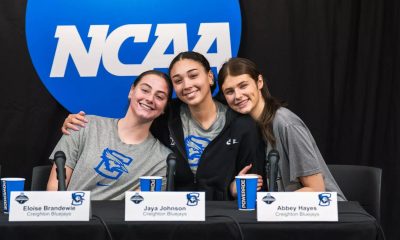
 Sports2 weeks ago
Sports2 weeks ago#11 Volleyball Practices, Then Meets Media Prior to #2 Kentucky Match
-

 Motorsports2 weeks ago
Motorsports2 weeks agoSunoco to sponsor No. 8 Ganassi Honda IndyCar in multi-year deal
-
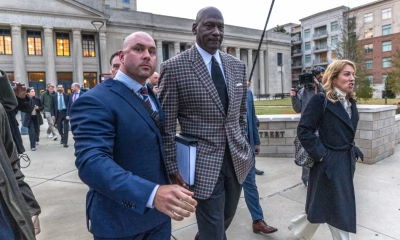
 Motorsports2 weeks ago
Motorsports2 weeks agoNascar legal saga ends as 23XI, Front Row secure settlement
-
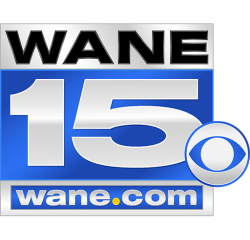
 Motorsports3 weeks ago
Motorsports3 weeks agoNorth Florida Motorsports Park led by Indy 500 Champion and motorsports legend Bobby Rahal Nassau County, FL
-

 Rec Sports2 weeks ago
Rec Sports2 weeks agoWNBA’s Caitlin Clark, Angel Reese and Paige Bueckers in NC, making debut for national team at USA camp at Duke
-

 Motorsports3 weeks ago
Motorsports3 weeks agoAccelerating Inclusion: Breaking Barriers in Motorsport
-
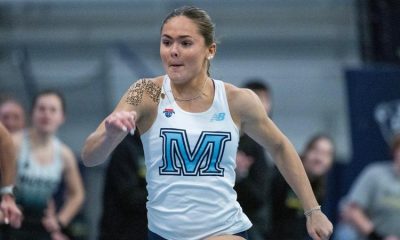
 Sports2 weeks ago
Sports2 weeks agoMaine wraps up Fall Semester with a win in Black Bear Invitational
-
Motorsports2 weeks ago
NASCAR, 23XI Racing, Front Row Motorsports announce settlement of US monopoly suit | MLex







































